Following on from our general fossicking article, this is a more detailed step-by-step guide on sieving for gems.
USING SIEVES TO FIND SAPPHIRES
The recommended method of finding sapphire in the New England area is to use 2 sieves with contrasting mesh size.
.jpg)
.jpg)
There is great variation in wash type - you may be digging in heavy black clay or sandy soils. When digging for sapphires, look for the layer of gemstone bearing gravel (or "wash") and keep an eye out for indicator gems such as Black Jack.
Place your sieves one on top of the other and fill your top (coarse) sieve with gravel, submerge below water and shake in a circular motion. Moving the sieves up and down at the same time will help to suspend the gravel in the water and release the smaller and finer stones. When washing is complete, remove the top screen and sort through it, looking for anything interesting. Keep any stones with a 'glassy' appearance or those of interesting colour. Next inspect the bottom screen (finer mesh) and wash again to dissolve the clay.
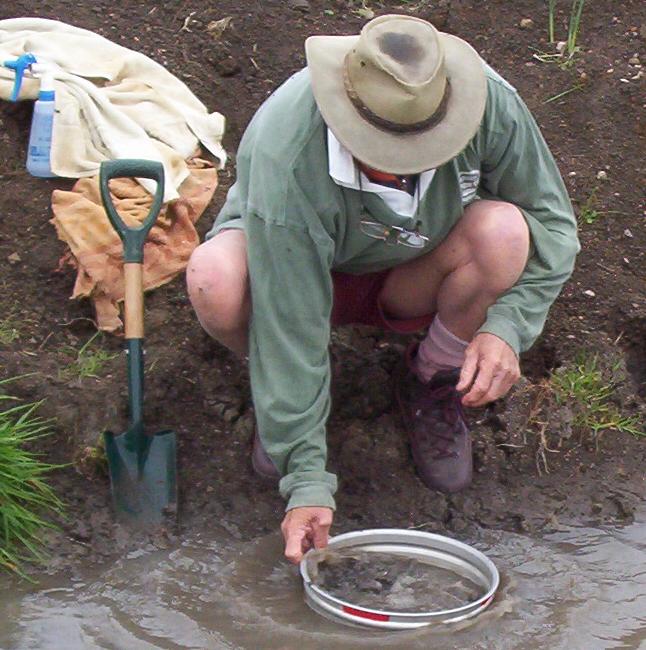
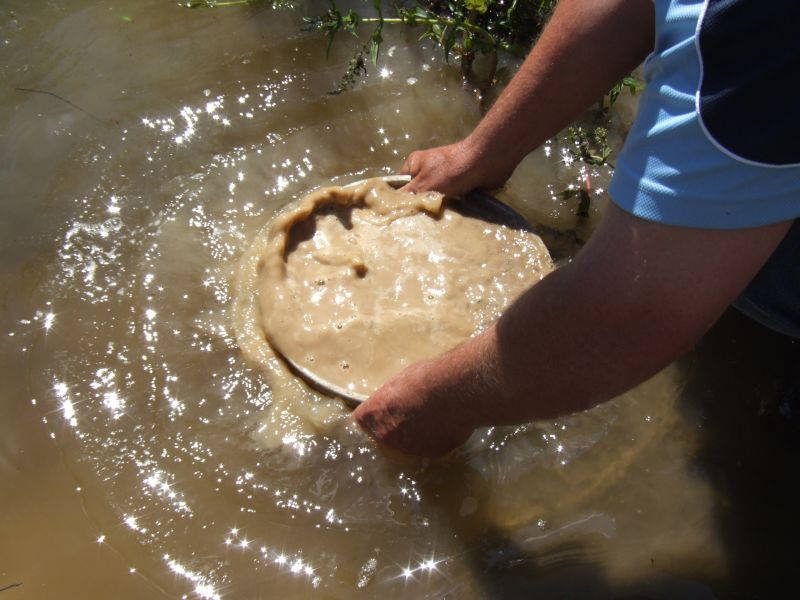
The next step is to pulsate the fine material in the bottom sieve as shown in the photo above. Shake vigorously up and down while periodically turning the sieve a quarter turn so that the gravel is concentrating evenly in the centre of the sieve. You are aiming for the heavy gems to sink to the bottom of the sieve and concentrate in the middle. Take the screen to a clean, flat area for inspection (many use a hessian bag) and flip the screen over landing it squarely upside-down. If centred correctly, the gemstones will be in the centre and on top.
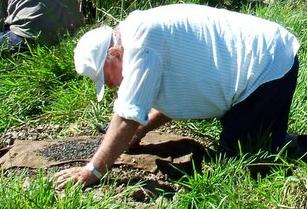
.jpg)
Inspect the pile of gravel carefully and pick out anything of interest - some tweezers will help with this job and a small container is handy to store your gems. Remember that sapphires often are not very spectacular in their natural state - pick up anything with a slightly glossy appeareance even if the colour is quite dark. Hold the stone up to the sunlight - if it is transparent or translucent, it is most likely a gem of some kind.
Useful Tools:
- Shovel and bucket - longhanded best for bulk digging but folding shovel or pick useful for tighter spaces
- Hessian bag or old towel - tip the sieve contents on to the bag to inspect for gemstones
- Tweezers - use to pick gems from the sieved concentrates
- Storage Jar - speciman jar or similar container to store your gems
- LED torch - use to shine through gems to check for transparency
- Carat Scales - to weigh your finds
- Crevice Tool - scraper or old screwdriver to help scrape out gravel from under rocks
Pictured below is some typical examples of rough gems: sapphire (both blue and parti), zircon (ranging in colour from honey to orangy-red) and black spinel. Remember - keep anything potentially interesting for later close inspection.
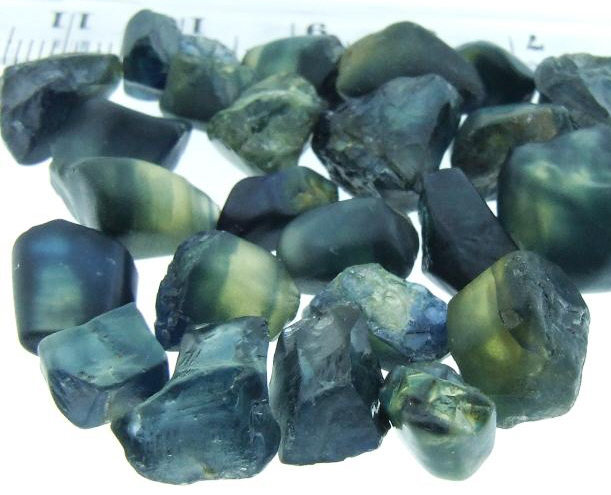
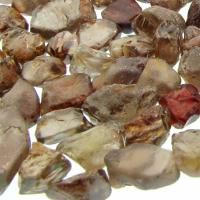
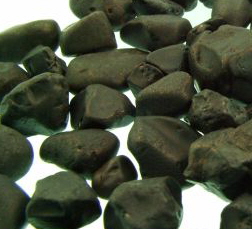
Fossicking is fun for the whole family. Click here if you need some equipment to get started.
Photographs in this article have been taken by Aussie Sapphire - please do not use without obtaining permission first.







